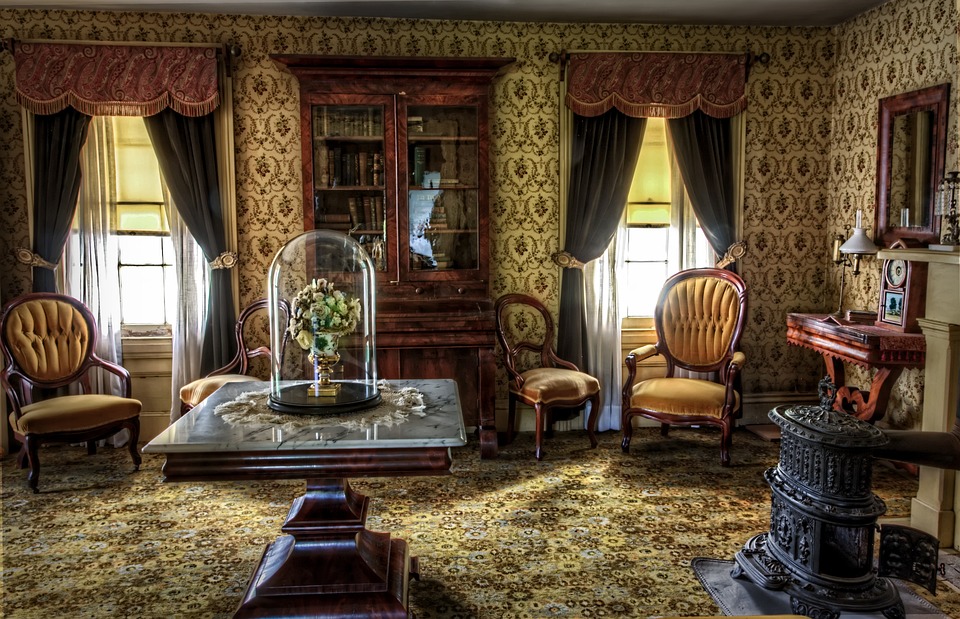
From Vintage to Contemporary: Exploring the Evolution of Furniture Styles
Furniture is not only a practical necessity but also an expression of personal style. Over the years, furniture styles have evolved and transformed to reflect changing societal tastes, cultural influences, and technological advancements. From vintage to contemporary, let’s journey through the history of furniture styles and discover how they have evolved.
Vintage: The Charm of the Past
The vintage style is characterized by its timeless appeal and old-world charm. It takes inspiration from various historical periods, such as the Victorian, Art Deco, and Mid-Century Modern eras. Vintage furniture often features ornate carvings, intricate details, and rich fabrics, creating a sense of luxury and elegance.
One significant influence on vintage furniture is the Victorian era, which spanned from the mid-19th century to the early 20th century. Victorian furniture is known for its heavy, ornate designs, elaborate carvings, and dark wood finishes. It reflects the opulence and grandeur of the era and is often associated with prosperity and status.
In contrast, the Art Deco period, which emerged in the 1920s, brought a different aesthetic to the world of furniture. Art Deco furniture is characterized by its sleek lines, geometric shapes, and luxurious materials like exotic woods, metals, and inlaid veneers. It draws inspiration from modern art, architecture, and industrial design, resulting in a modern, yet glamorous style.
The Mid-Century Modern movement, which gained popularity in the 1950s and 1960s, marked a departure from the ornate designs of the past. Mid-century furniture focuses on simplicity, functionality, and a connection to nature. It features clean lines, organic shapes, and innovative materials like molded plywood and fiberglass. Pieces from this era are often sought after for their iconic designs and timeless appeal.
Contemporary: Embracing the Modern World
Contemporary furniture, also known as modern furniture, represents the ongoing evolution of design. It is characterized by its focus on simplicity, clean lines, and functionality. Contemporary furniture often embraces new materials and manufacturing techniques, resulting in sleek and minimalist designs.
The contemporary style is heavily influenced by the modernist movement of the early 20th century, which aimed to break away from traditional design principles and embrace a more industrial and functional approach. Furniture from this era prioritizes simplicity, functionality, and the use of practical materials like steel, glass, and plastic.
In recent years, sustainable design practices have become increasingly important in the contemporary furniture scene. Many designers are prioritizing eco-friendly materials, offering products made from recycled or upcycled materials, and focusing on longevity and durability.
Moreover, contemporary furniture is often designed with multifunctionality in mind. With the rise of smaller living spaces, furniture that can serve multiple purposes, such as modular sofas or storage-integrated tables, has gained popularity. This reflects a shift towards practicality and adaptability while still maintaining a sleek and modern aesthetic.
The Future of Furniture
As we move forward, the future of furniture style is likely to continue pushing boundaries and embracing new technologies. With the rise of smart homes and the internet of things, furniture will likely become more integrated into our daily lives. We can expect to see innovations like connected furniture that can adjust to our preferences, monitor our health, or incorporate advanced storage solutions.
Furthermore, sustainability will play an essential role in shaping future furniture trends. Sustainable materials and production processes will become even more influential, as consumers prioritize eco-friendly options. Designers will continue to find innovative ways to create beautiful and functional furniture while minimizing their ecological footprint.
In conclusion, the evolution of furniture styles highlights the ever-changing nature of design and the power of individual expression. From the vintage charm of the past to the sleek minimalism of contemporary design, furniture has continuously evolved to reflect the needs, desires, and aesthetics of its time. As we look towards the future, we can expect furniture to continue to adapt, embracing new technologies and sustainable practices to enhance our living spaces for generations to come.